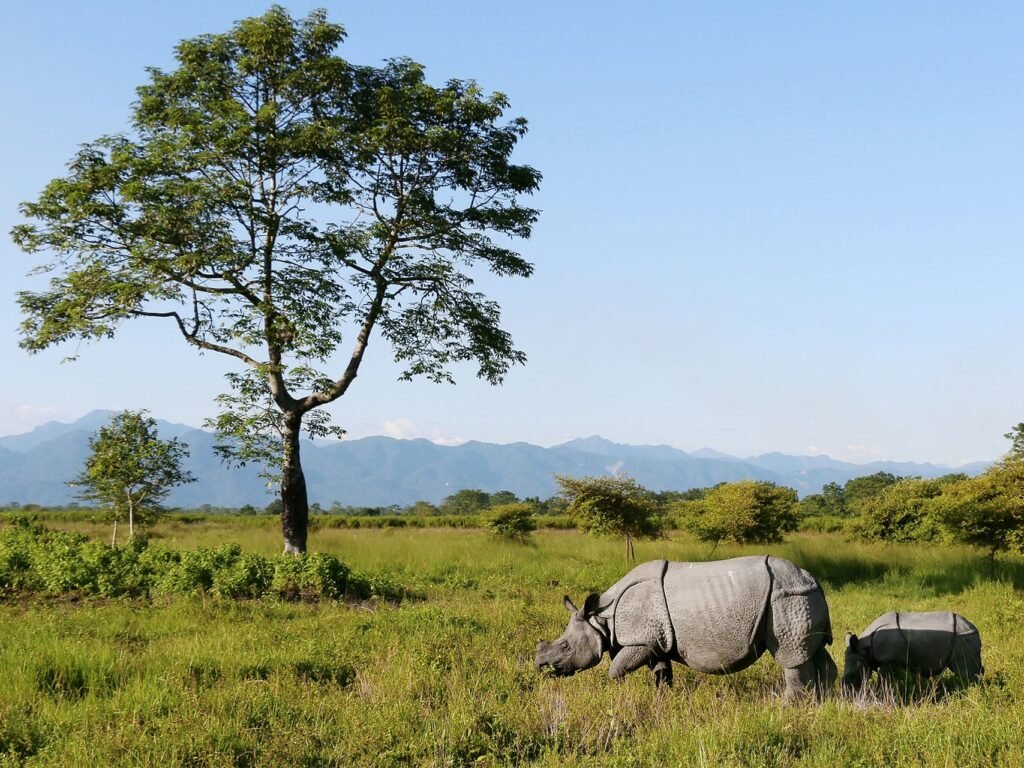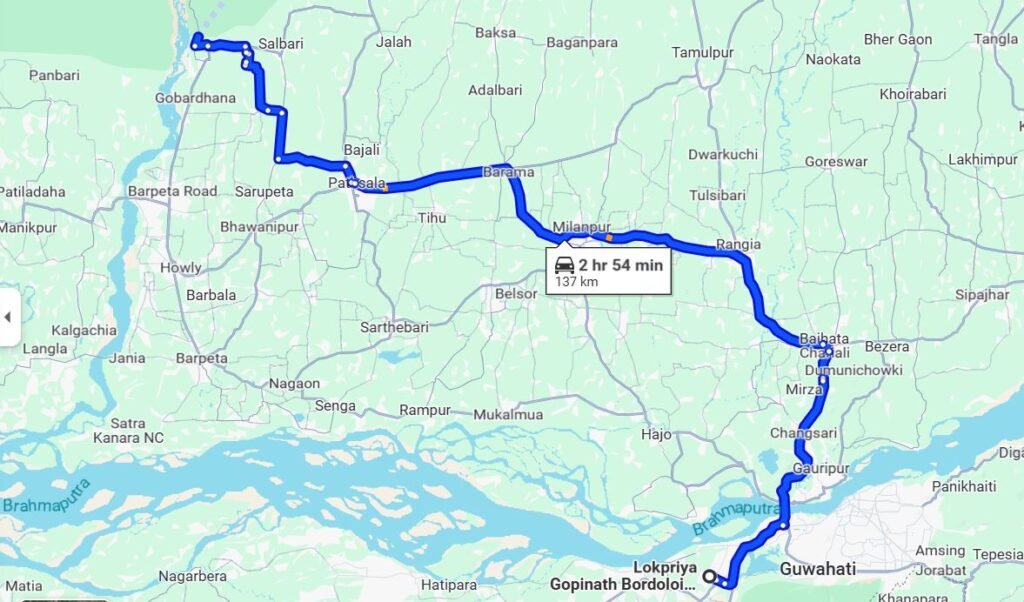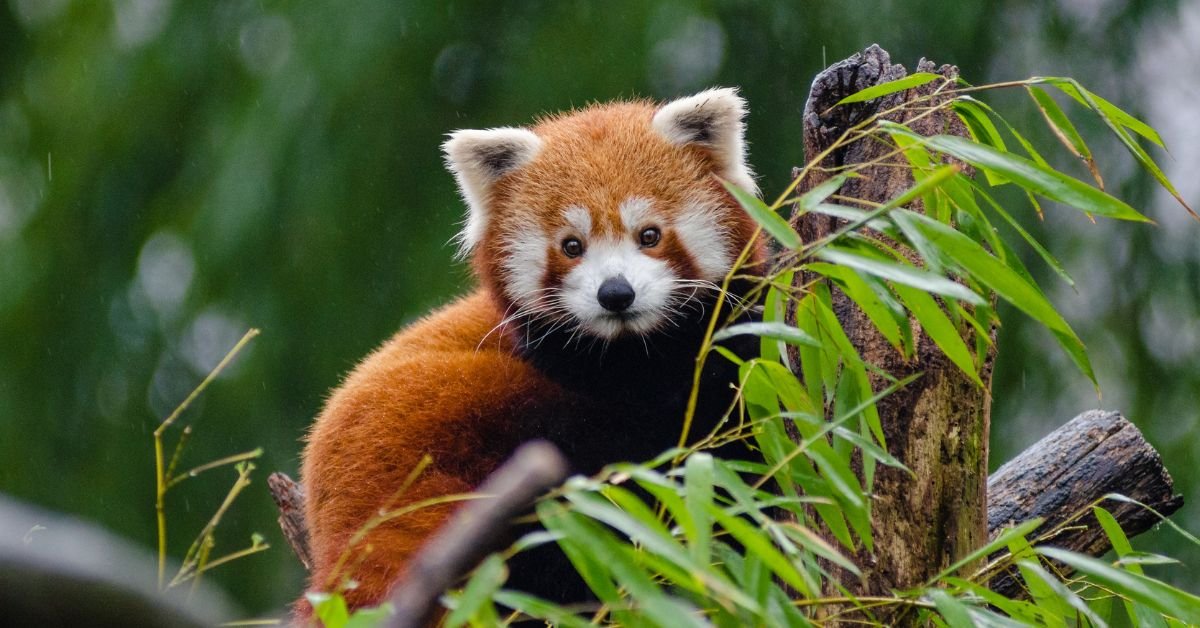If you’re looking beyond the usual wildlife experience, Manas National Park demands your attention. This isn’t just another tiger reserve; it’s a UNESCO World Heritage Site in Assam that represents one of the most significant conservation success stories in Asia. This National Park in India, offers raw, unfiltered encounters with nature that has become increasingly rare. Here’s a small guide to what you need to know before you go.
What makes Manas National Park a UNESCO World Heritage Site?
Manas was designated a World Heritage Site for its importance in global biodiversity and its natural landscape. The park’s value isn’t just in a single species, but in its entire ecosystem. It provides a critical sanctuary for a number of endangered species, including the tiger, rhino, clouded leopard, and the rare pygmy hog—a creature found nowhere else on Earth.

The landscape itself, a mix of grasslands and dense semi-evergreen forest set against the backdrop of the Eastern Himalayas, is a core part of its protected status. This isn’t a manicured park; it’s a living, breathing wilderness where ecological processes take place with minimal human interference. Its successful fight back from a period of civil unrest and poaching to restore its wildlife populations is a key reason it remains a site of “outstanding universal value.”
How to Reach Manas National Park?
The gateway to Manas is Guwahati, which has the nearest major airport and railway station. From there, you have a 176-kilometer road journey that takes approximately four to five hours.
Let’s be clear: this is not a route for intermittent public transport. For efficiency and safety, a dedicated vehicle is essential. Your best option is to arrange a car rental in Guwahati. A reliable service with experienced local drivers is very important.
A local taxi service in Assam like Taxi Nation is a smart move. Having a driver who understands the road conditions and the region removes a significant layer of travel stress, allowing you to focus on the destination. Whether you need a simple taxi service in Guwahati for a point-to-point transfer or a vehicle for your entire tour, book it in advance.

What is the On-the-Ground Experience Really Like?
The core of the Manas experience is its wildlife viewing, which is authentic and unpredictable. The park is divided into ranges, with Bansbari and Bhuiyapara being the most accessible for safaris.
- Jeep Safaris: This is the primary way to explore the park’s core areas. The guides are typically local experts who know the terrain and animal behavior intimately. A jeep allows you to cover significant ground, from the riverbanks to the forest fringes, increasing your chances of spotting diverse wildlife.
- Elephant Safaris: Don’t dismiss this as a tourist gimmick. The elephant-back safari, usually conducted in the early morning, takes you off the beaten track and deep into the tall grasslands where jeeps cannot go. This provides a distinct advantage for viewing rhinos and wild water buffalo up close.
- Birding: With nearly 500 avian species recorded, Manas is a world-class birding destination. It is one of the last strongholds of the critically endangered Bengal Florican. Even if you’re not a dedicated birder, the sheer diversity and color of the birdlife are impossible to ignore.
The Reality of Human-Wildlife Coexistence
To appreciate Manas National Park fully, you must understand its context. The park is not an isolated island; it’s bordered by dozens of villages. This proximity inevitably leads to human-wildlife conflict, most notably with elephants raiding crops.
Local communities are now integral partners in conservation. When you visit, your tourism revenue directly supports these communities and the conservation initiatives that aim to create buffer zones and sustainable livelihoods. As a traveler, you become part of this balance, contributing to a model where humans and wildlife can coexist. Visiting Manas National Park is one of the most rewarding journeys you can take in any National Park in India. So book your car today with Taxi Nation and start your journey to the real wildlife of India.




